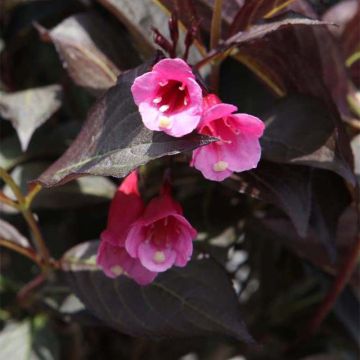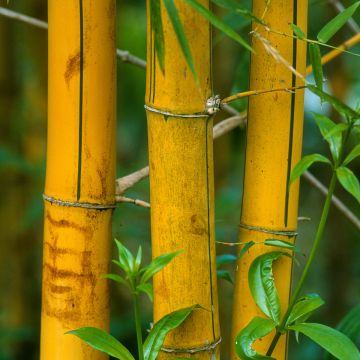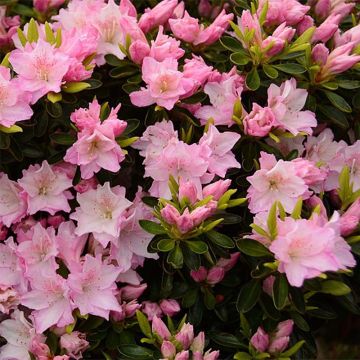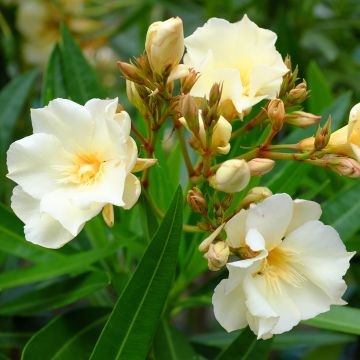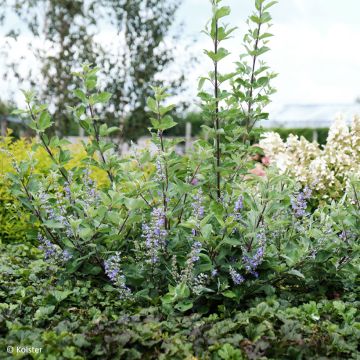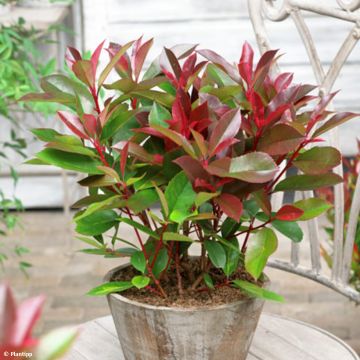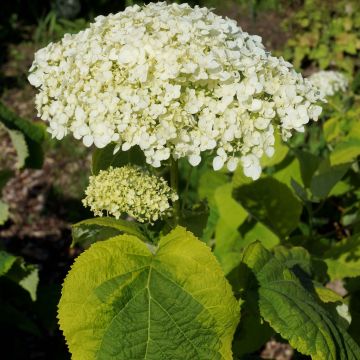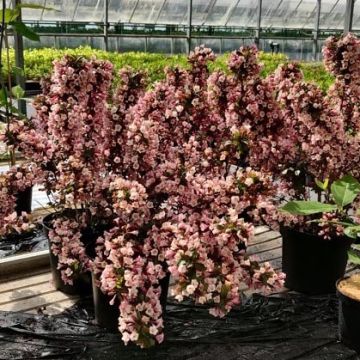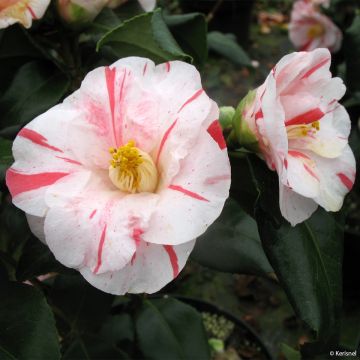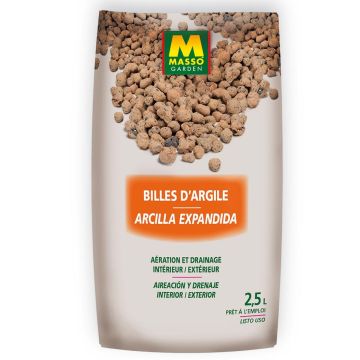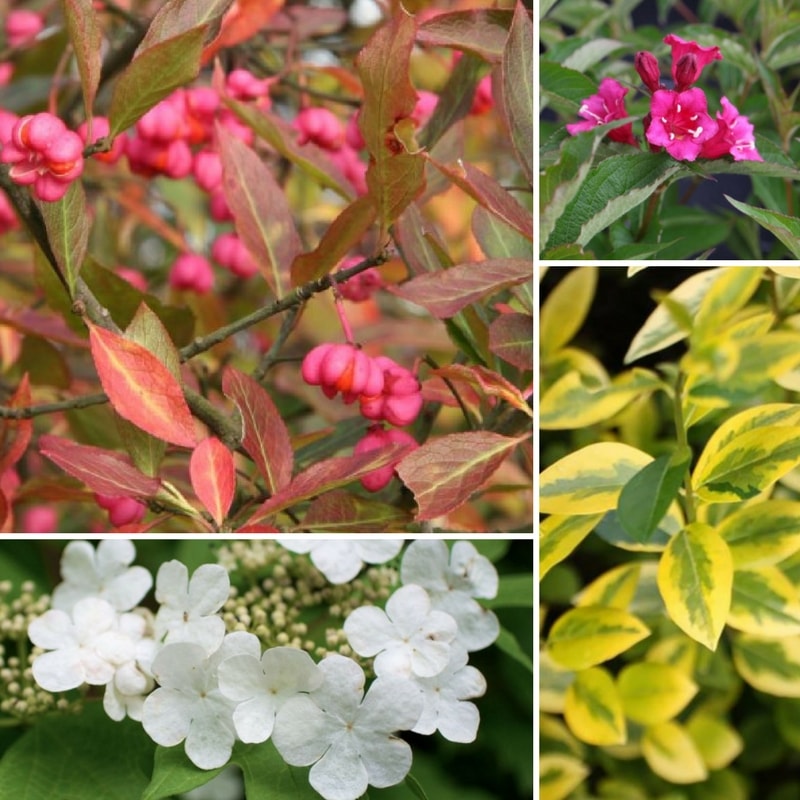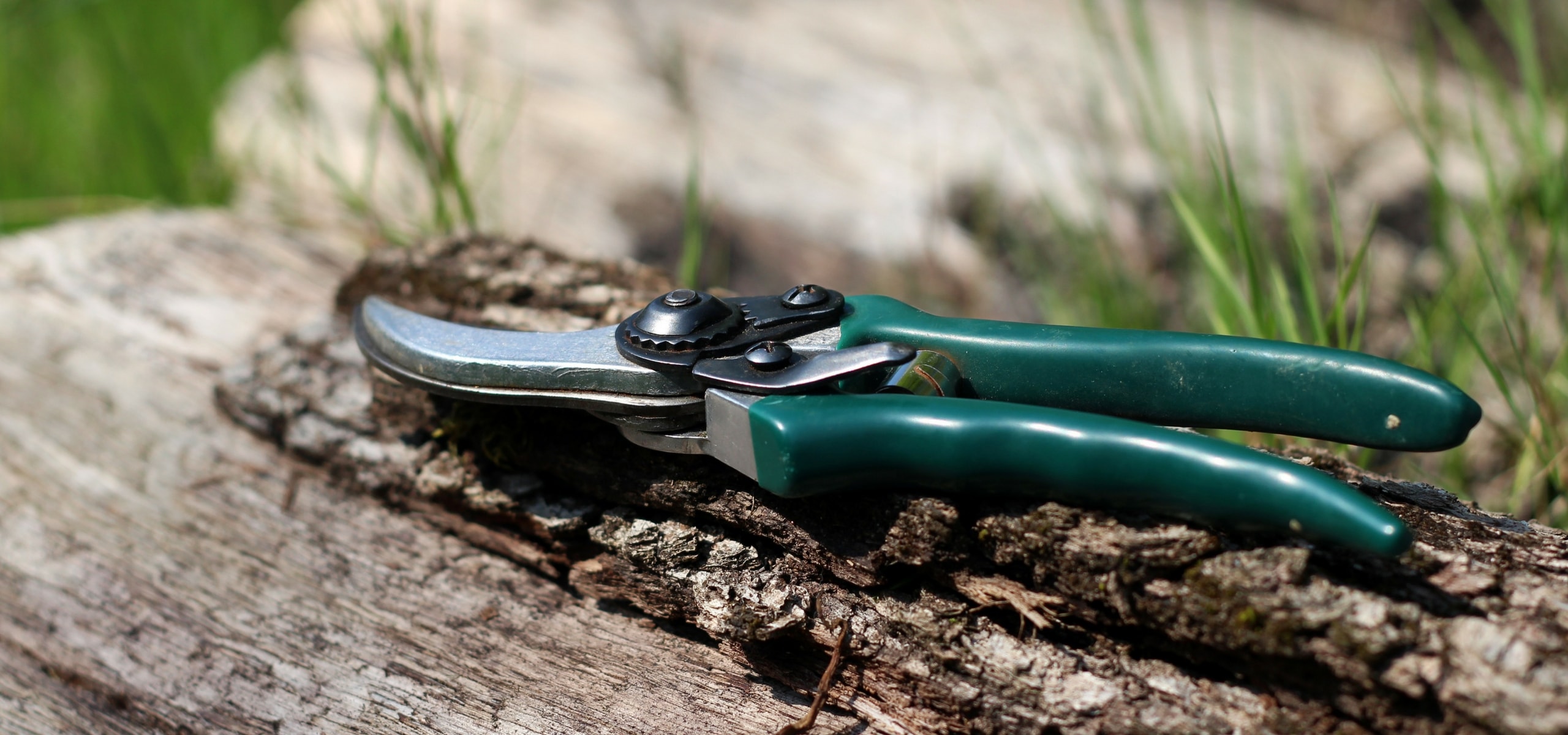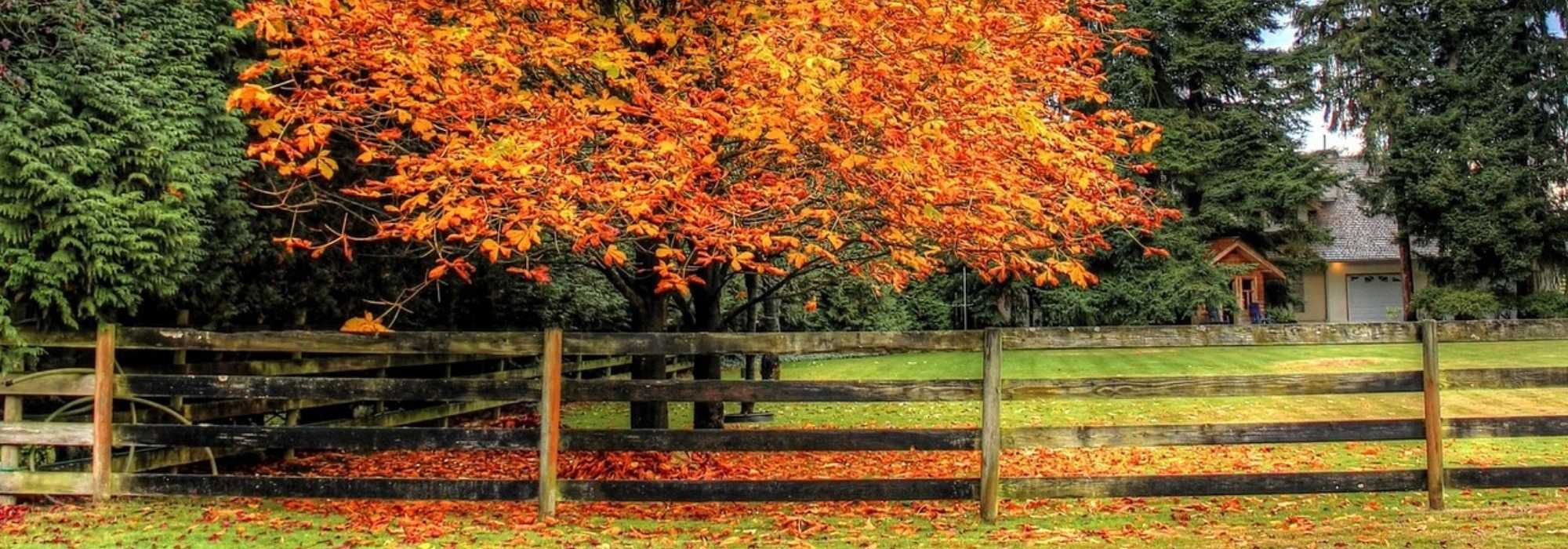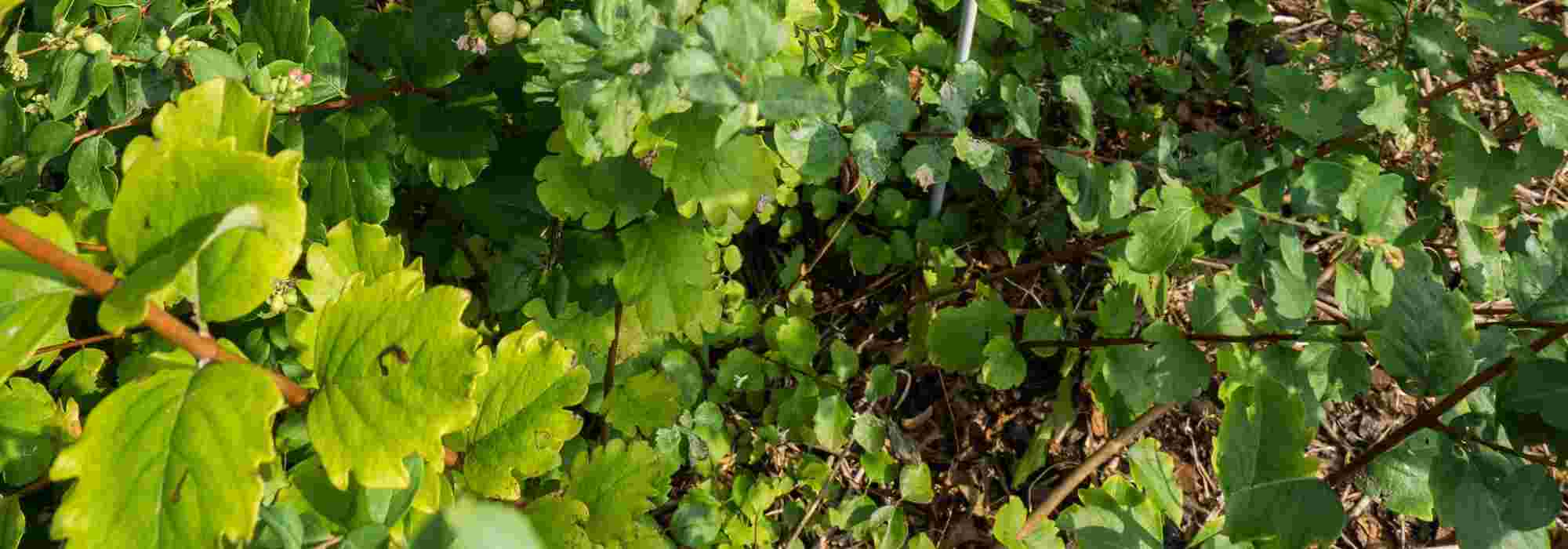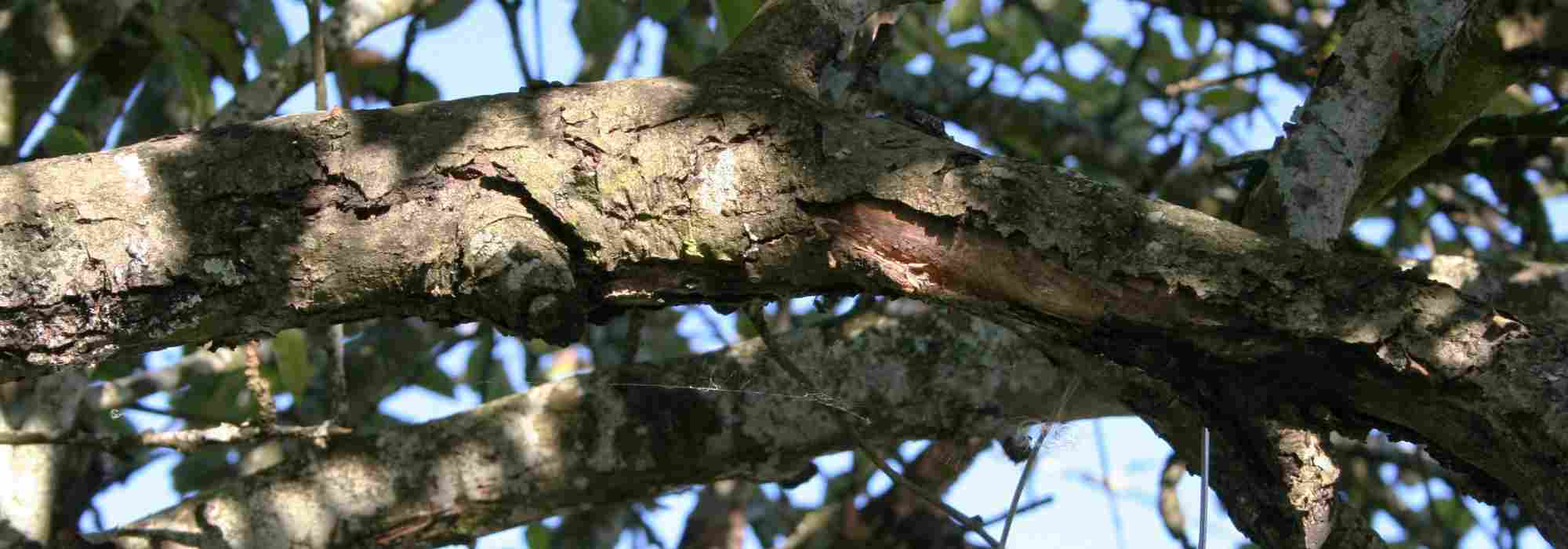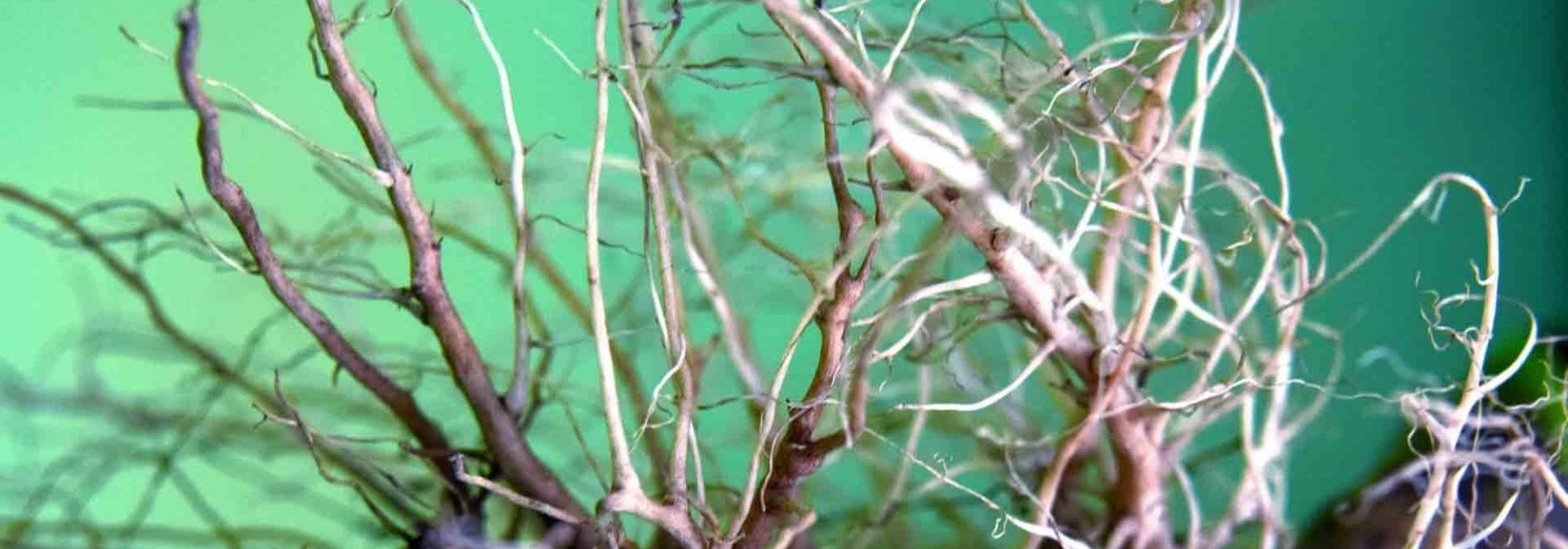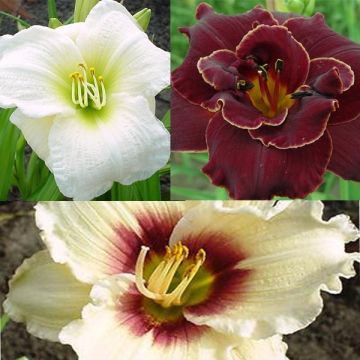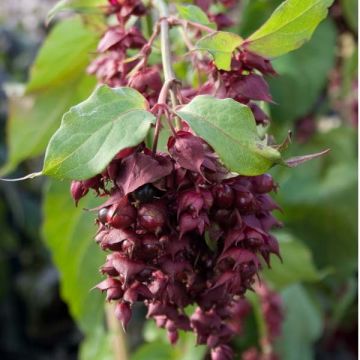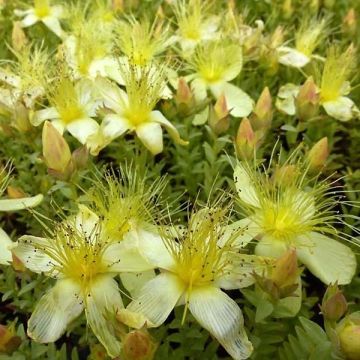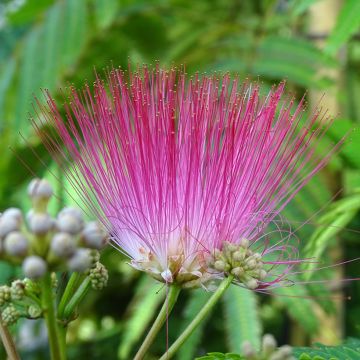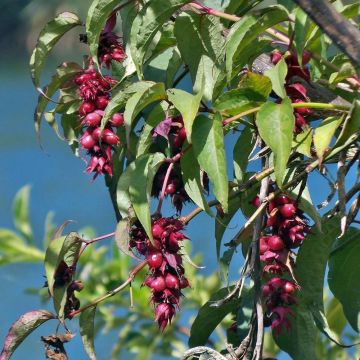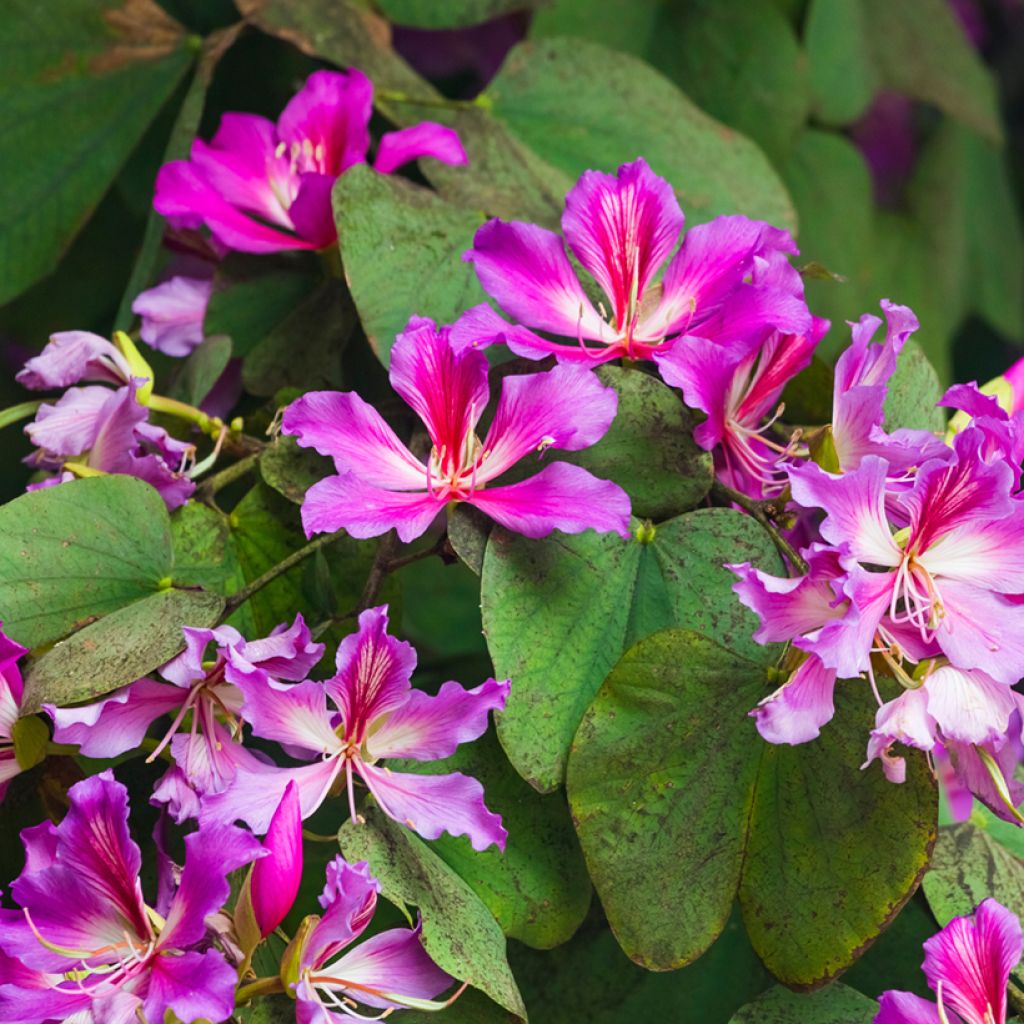

Bauhinia purpurea - Orchid tree
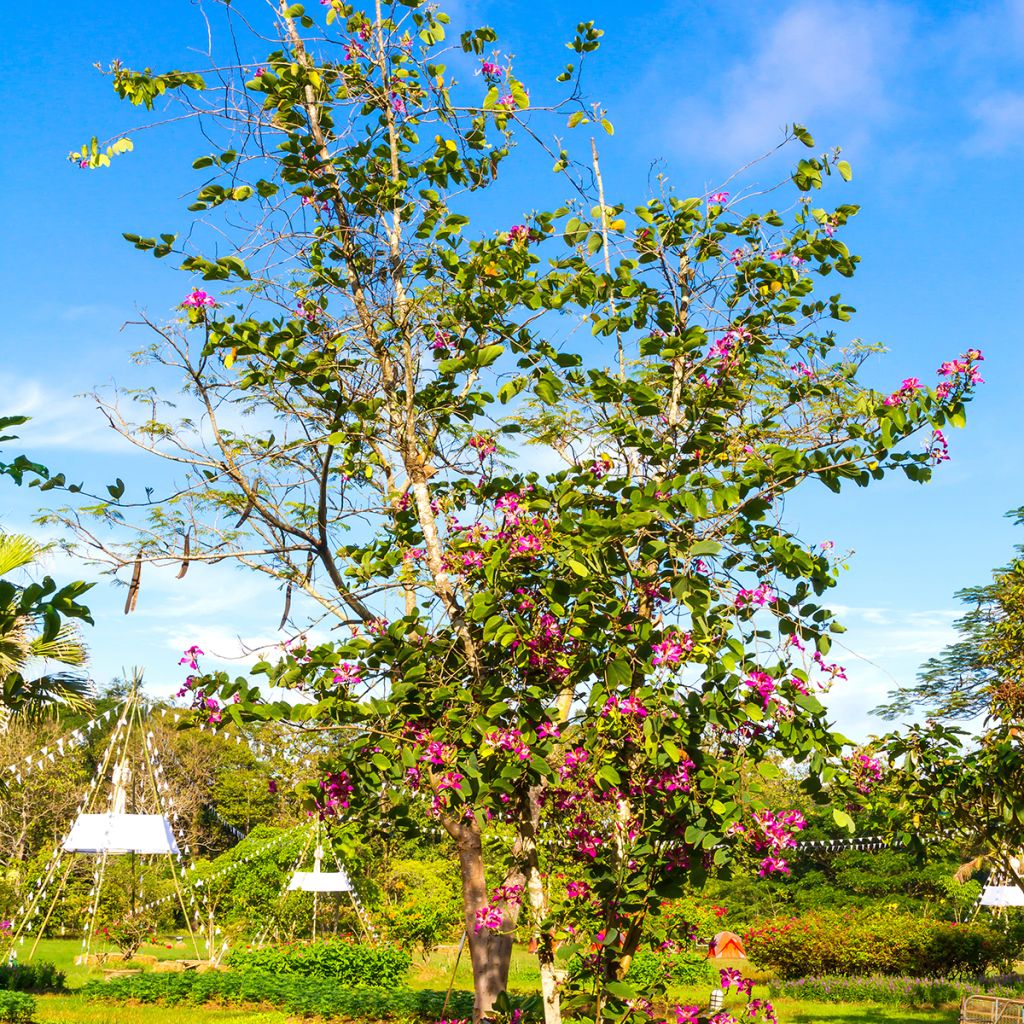

Bauhinia purpurea - Orchid tree
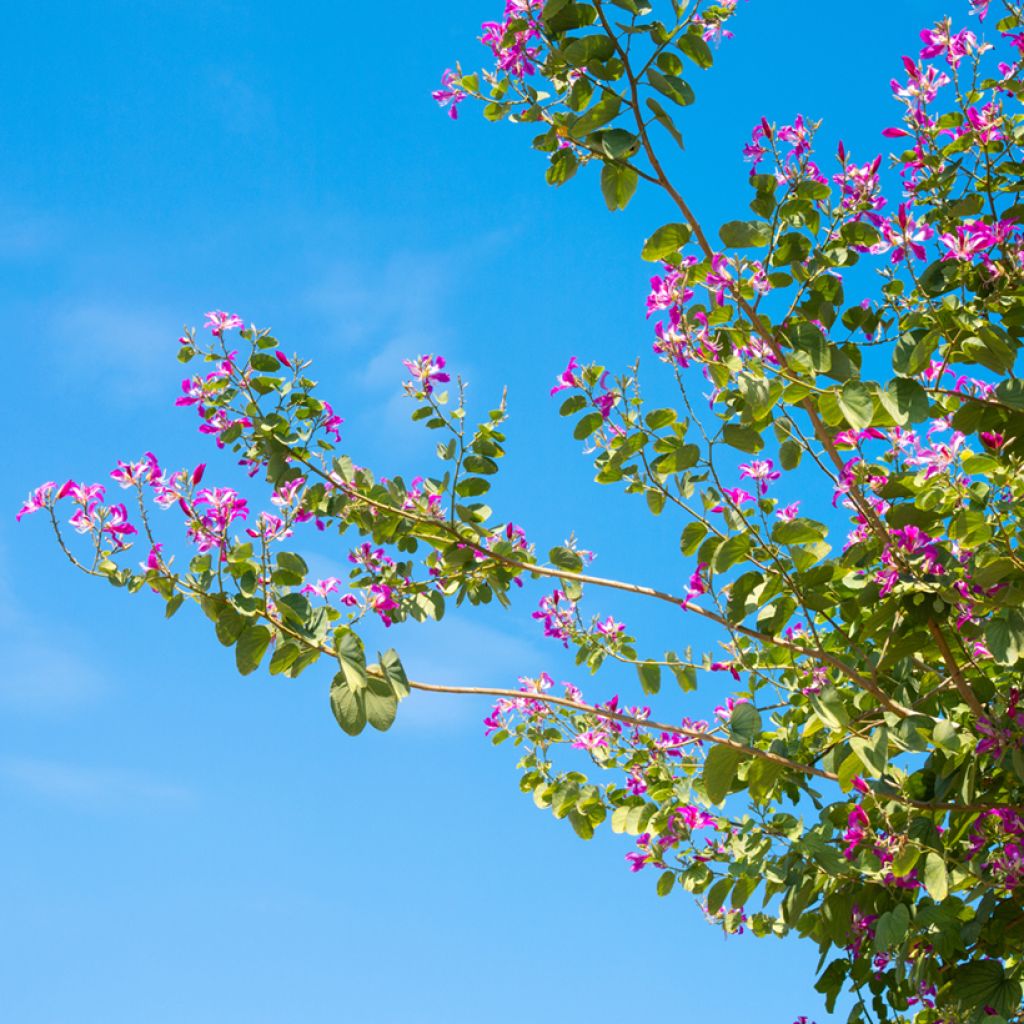

Bauhinia purpurea - Orchid tree
Bauhinia purpurea - Orchid tree
Bauhinia purpurea
Orchid tree, purple bauhinia, camel's foot, butterfly tree, Hawaiian orchid tree
Special offer!
Receive a €20 voucher for any order over €90 (excluding delivery costs, credit notes, and plastic-free options)!
1- Add your favorite plants to your cart.
2- Once you have reached €90, confirm your order (you can even choose the delivery date!).
3- As soon as your order is shipped, you will receive an email containing your voucher code, valid for 3 months (90 days).
Your voucher is unique and can only be used once, for any order with a minimum value of €20, excluding delivery costs.
Can be combined with other current offers, non-divisible and non-refundable.
Home or relay delivery (depending on size and destination)
Schedule delivery date,
and select date in basket
This plant carries a 24 months recovery warranty
More information
We guarantee the quality of our plants for a full growing cycle, and will replace at our expense any plant that fails to recover under normal climatic and planting conditions.
Would this plant suit my garden?
Set up your Plantfit profile →
Description
Bauhinia purpurea is best known by its nickname, the orchid tree or butterfly tree, due to its exotic-looking flowers. It is upright, more or less pyramidal to conical, or irregular. Its dark green leaves have a very architectural appearance thanks to a cut at the tip that defines two rounded lobes. Its autumn flowering is majestic when the five-petaled flowers bloom, whose grace rivals that of orchids. Their intense pink colour, enhanced with purple, is particularly luminous against the darker foliage. Tolerating only very brief and mild frosts, outdoor planting can only be considered in the most frost-protected areas.
Bauhinia is a member of the very large Fabaceae family (formerly known as Leguminosae), rich with nearly 23,000 species, so much so that no fewer than three subfamilies were needed to classify them! It includes many food and forage plants (lentils, alfalfa...), wild plants from our countryside, and a wealth of ornamentals, from the magnificent climbing Wisterias to the grand Honey Locust, not forgetting the charming Lupins... The Bauhinia genus boasts nearly 570 cosmopolitan species, thriving in warm temperate to tropical zones of both hemispheres. The Bauhinia purpurea species originates from a subtropical or tropical climate zone, spanning China, India, Burma, Pakistan, and even Sri Lanka. In these regions, it grows into a small tree of 5 m in height in cooler areas, reaching up to 10 m in the Philippines, for example, where it is called "alibangbang," meaning "butterfly" in Tagalog (the national language), referencing the lightness and beauty of its flowers. An upright, often slightly twisted trunk supports a rather irregular, spreading crown. In areas with hot, dry summers, it behaves as deciduous, shedding its foliage to adapt to this stressful period. Under other climates, it remains evergreen and flowers from September to November.
Bauhinia purpurea is reputed to be more tender than its cousin, Bauhinia variegata, which is therefore preferred in less sheltered areas. This Orchid Tree tolerates only brief episodes around 0°C to -2°C. It forms a compact tree of 4 to 5 m in height and slightly less in width, with highly original foliage. The leaf blade is incised at its tip into two rounded lobes, with veins starting from the petiole and fanning out. The overall shape is more or less heart-shaped, but the width is narrower than the length (typically 8 to 15 cm). The leaf is a fairly dark green, forming a backdrop that serves as a perfect setting for the vibrant flowering. Young plants can flower quite quickly, which is an advantage for such an ornamental plant. The large flowers measure around ten centimetres in diameter and are gathered in clusters of just a few units. The corollas consist of five non-overlapping petals, arranged in an arc, much like many orchids—hence its common name. They are a more or less intense pink, with a purplish tendency, the upper petal being a deeper purple, especially at its base. The few stamens and pistil emerge from the centre, also forming an arc, further enhancing the exotic look of the flower. The subtly fragrant flowers develop into long, flat, brown, 15 to 20 cm long pods, with no ornamental value, characteristic of the Fabaceae family. Unlike B. variegata, flowering occurs in autumn rather than spring.
Bauhinia purpurea will integrate beautifully into a tropical-inspired bed, alongside other themed plants. Strelitzia nicolai will be a perfect companion—this tree-like Bird of Paradise, capable of reaching several metres in height, produces strikingly architectural flowers in white and dark blue tones. Banana Trees will naturally fit right in, as will Hedychiums with their tall flower spikes thriving in their shade. A Calliandra surinamensis 'Dixie Pink' will enhance your scene with its very fine compound foliage and pink flower tufts. An exotic climber like Passiflora vitifolia, with its bright red flowers allowed to climb through the vegetation, will add the finishing touch...
Report an error about the product description
Bauhinia purpurea - Orchid tree in pictures
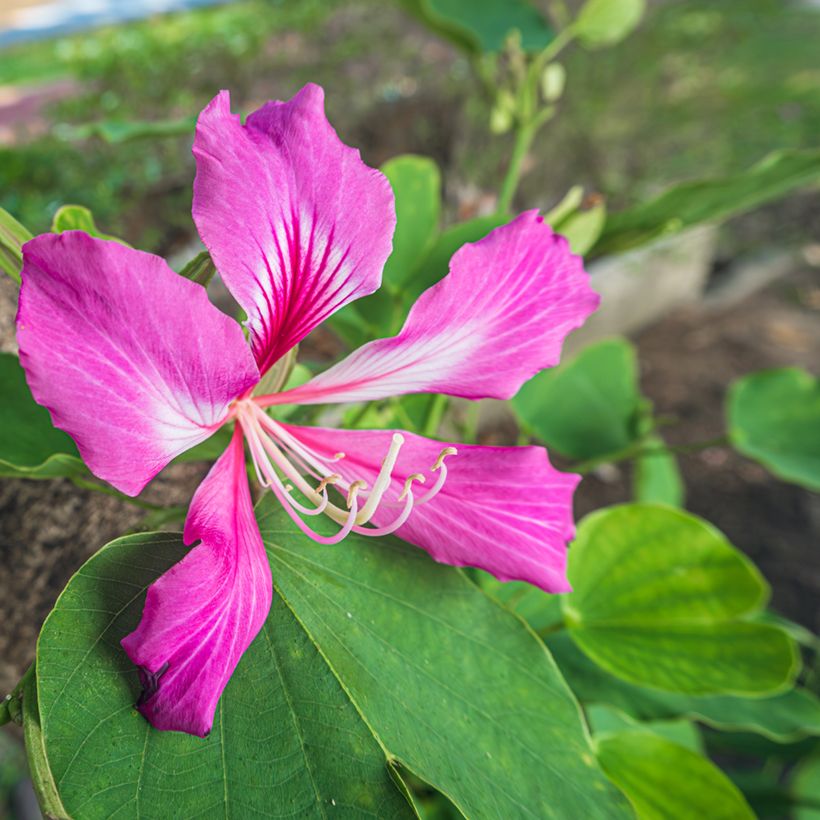

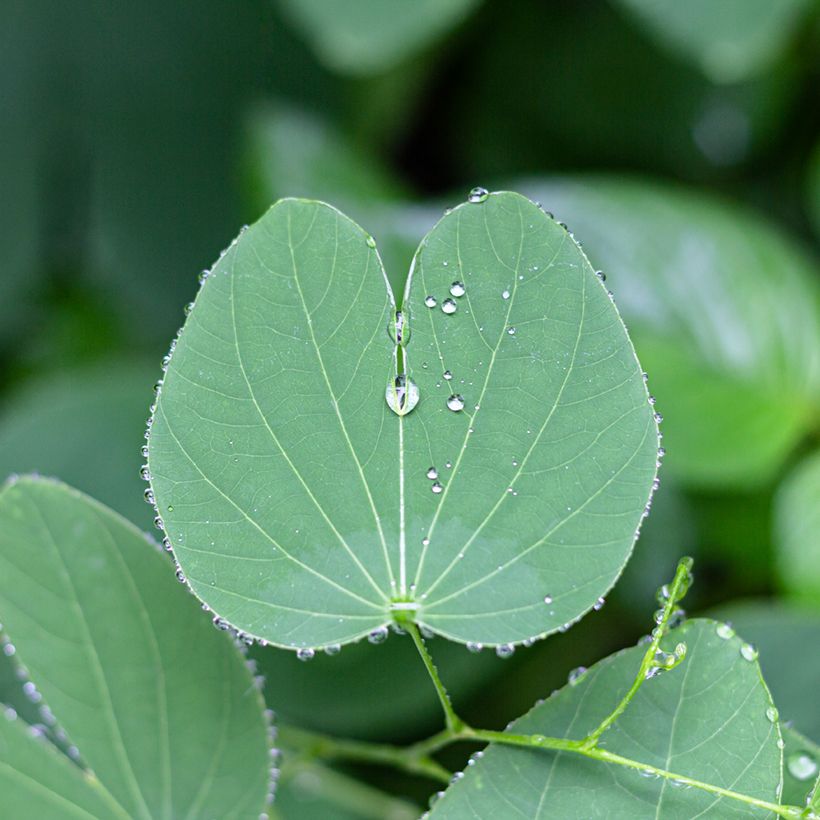

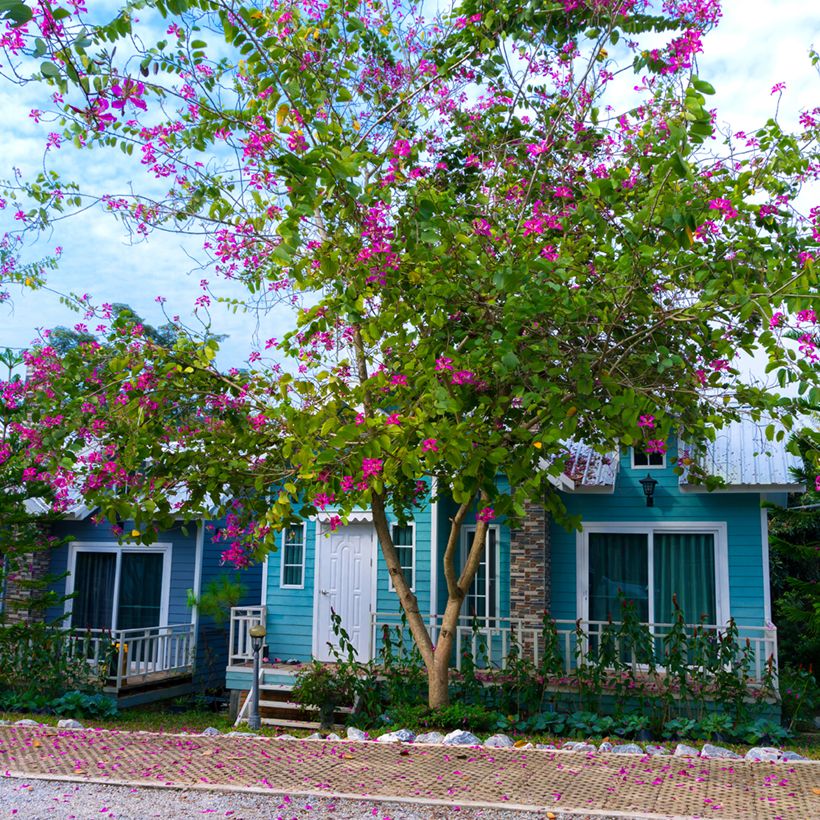

Plant habit
Flowering
Foliage
Botanical data
Bauhinia
purpurea
Fabaceae
Orchid tree, purple bauhinia, camel's foot, butterfly tree, Hawaiian orchid tree
Caspareopsis purpurea, Perlebia purpurea, Phanera purpurea, Telestria purpurea
East Asia
Other Shrubs A to Z
View all →Planting and care
Plant your Bauhinia in spring so the young plant has time to establish its root system before its first winter. Choose a sunny spot, sheltered from wind if possible, while keeping in mind its future dimensions, as it can reach 6m in height when thriving. Once well-rooted, it can withstand brief and occasional frosts down to -1°C only, limiting outdoor planting possibilities to the mildest areas. Its cold resistance improves if the soil is well-drained in winter. It isn't particularly demanding regarding terrain, but will grow better in moist, slightly humus-bearing soil.
Water regularly in summer during the first few years while it establishes itself, and mulch the surface to maintain some moisture at the base. Afterwards, it will manage on its own, with occasional summer watering during prolonged dry spells. The foliage is generally evergreen in mild climates but may occasionally drop if winter proves harsher than usual. It shows little susceptibility to diseases or insects, apart from possible aphids, which you can eliminate with diluted black soap.
Planting period
Intended location
Care
Planting & care advice
This item has not been reviewed yet - be the first to leave a review about it.
Similar products
Haven't found what you were looking for?
Hardiness is the lowest winter temperature a plant can endure without suffering serious damage or even dying. However, hardiness is affected by location (a sheltered area, such as a patio), protection (winter cover) and soil type (hardiness is improved by well-drained soil).

Photo Sharing Terms & Conditions
In order to encourage gardeners to interact and share their experiences, Promesse de fleurs offers various media enabling content to be uploaded onto its Site - in particular via the ‘Photo sharing’ module.
The User agrees to refrain from:
- Posting any content that is illegal, prejudicial, insulting, racist, inciteful to hatred, revisionist, contrary to public decency, that infringes on privacy or on the privacy rights of third parties, in particular the publicity rights of persons and goods, intellectual property rights, or the right to privacy.
- Submitting content on behalf of a third party;
- Impersonate the identity of a third party and/or publish any personal information about a third party;
In general, the User undertakes to refrain from any unethical behaviour.
All Content (in particular text, comments, files, images, photos, videos, creative works, etc.), which may be subject to property or intellectual property rights, image or other private rights, shall remain the property of the User, subject to the limited rights granted by the terms of the licence granted by Promesse de fleurs as stated below. Users are at liberty to publish or not to publish such Content on the Site, notably via the ‘Photo Sharing’ facility, and accept that this Content shall be made public and freely accessible, notably on the Internet.
Users further acknowledge, undertake to have ,and guarantee that they hold all necessary rights and permissions to publish such material on the Site, in particular with regard to the legislation in force pertaining to any privacy, property, intellectual property, image, or contractual rights, or rights of any other nature. By publishing such Content on the Site, Users acknowledge accepting full liability as publishers of the Content within the meaning of the law, and grant Promesse de fleurs, free of charge, an inclusive, worldwide licence for the said Content for the entire duration of its publication, including all reproduction, representation, up/downloading, displaying, performing, transmission, and storage rights.
Users also grant permission for their name to be linked to the Content and accept that this link may not always be made available.
By engaging in posting material, Users consent to their Content becoming automatically accessible on the Internet, in particular on other sites and/or blogs and/or web pages of the Promesse de fleurs site, including in particular social pages and the Promesse de fleurs catalogue.
Users may secure the removal of entrusted content free of charge by issuing a simple request via our contact form.
The flowering period indicated on our website applies to countries and regions located in USDA zone 8 (France, the United Kingdom, Ireland, the Netherlands, etc.)
It will vary according to where you live:
- In zones 9 to 10 (Italy, Spain, Greece, etc.), flowering will occur about 2 to 4 weeks earlier.
- In zones 6 to 7 (Germany, Poland, Slovenia, and lower mountainous regions), flowering will be delayed by 2 to 3 weeks.
- In zone 5 (Central Europe, Scandinavia), blooming will be delayed by 3 to 5 weeks.
In temperate climates, pruning of spring-flowering shrubs (forsythia, spireas, etc.) should be done just after flowering.
Pruning of summer-flowering shrubs (Indian Lilac, Perovskia, etc.) can be done in winter or spring.
In cold regions as well as with frost-sensitive plants, avoid pruning too early when severe frosts may still occur.
The planting period indicated on our website applies to countries and regions located in USDA zone 8 (France, United Kingdom, Ireland, Netherlands).
It will vary according to where you live:
- In Mediterranean zones (Marseille, Madrid, Milan, etc.), autumn and winter are the best planting periods.
- In continental zones (Strasbourg, Munich, Vienna, etc.), delay planting by 2 to 3 weeks in spring and bring it forward by 2 to 4 weeks in autumn.
- In mountainous regions (the Alps, Pyrenees, Carpathians, etc.), it is best to plant in late spring (May-June) or late summer (August-September).
The harvesting period indicated on our website applies to countries and regions in USDA zone 8 (France, England, Ireland, the Netherlands).
In colder areas (Scandinavia, Poland, Austria...) fruit and vegetable harvests are likely to be delayed by 3-4 weeks.
In warmer areas (Italy, Spain, Greece, etc.), harvesting will probably take place earlier, depending on weather conditions.
The sowing periods indicated on our website apply to countries and regions within USDA Zone 8 (France, UK, Ireland, Netherlands).
In colder areas (Scandinavia, Poland, Austria...), delay any outdoor sowing by 3-4 weeks, or sow under glass.
In warmer climes (Italy, Spain, Greece, etc.), bring outdoor sowing forward by a few weeks.






























